© ROOT-NATION.com - Use of content is permitted with a backlink.
In the spring of 1873, the Scottish whaler James Legge set out from Shanghai to Beijing, and the journey took him two weeks. Initially, he traveled by boat to Tianjin, and then by mule to the Chinese capital. Today, the same journey of 1200 kilometers takes just over four hours on a high-speed railway. The flight between the two cities takes two hours and 20 minutes. As for Europe, high-speed trains Frecciarossa run from Milan to Rome, allowing passengers to reach their destination in less than three hours, and from Tokyo to Osaka, Shinkansen high-speed trains take two and a half hours.
-
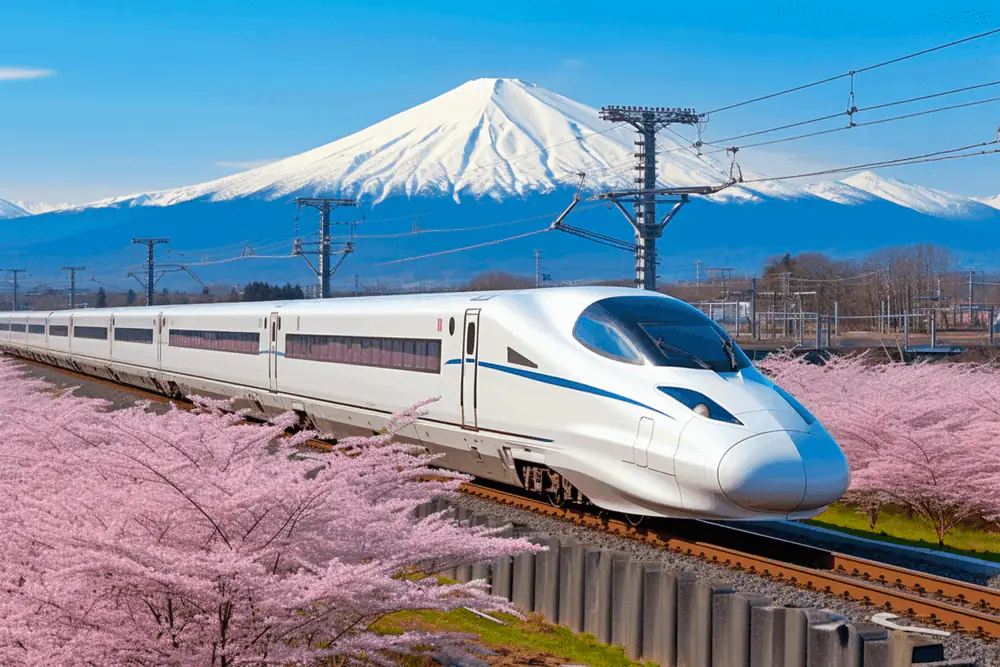
Shinkansen
People have never before traveled as quickly and easily as they do today. But this convenience comes at a price: transportation accounts for 20% of global carbon dioxide emissions, and over the past three decades, the rate of carbon dioxide emissions from transportation has grown faster than from any other source. This is especially true for air travel, which has grown faster than rail or road transport. This raises the question: is it possible to travel at high speeds without killing the planet? And if so, how?
Faster, cleaner, more environmentally friendly, and equipped with cutting-edge technology, railways are the only mode of transportation with the potential to become the backbone of meeting our future mobility needs. As the 200th anniversary of the first passenger railway approaches in 2025, trains are more crucial than ever in ensuring sustainable mobility in a world grappling with climate change, increasing urbanization, and population growth. The global urban population is increasing at a rate of two people per second, resulting in 172,800 new city dwellers every day. While some regions of the world, such as Europe and Japan, are experiencing population decline, it is expected that 90% of population growth will occur in the cities and megacities of developing countries.

For these rapidly growing cities, regions, and megacities to develop, efficient public transportation is not just desirable but essential.
How fast can high-speed trains be?
Modern high-speed trains often make headlines as the network of lines in Europe and Asia continues to expand, with new lines planned or already under construction in countries such as France, Germany, Spain, India, Japan, and on a much larger scale, in China, where by 2025 the high-speed network will reach 50,000 kilometers.
-
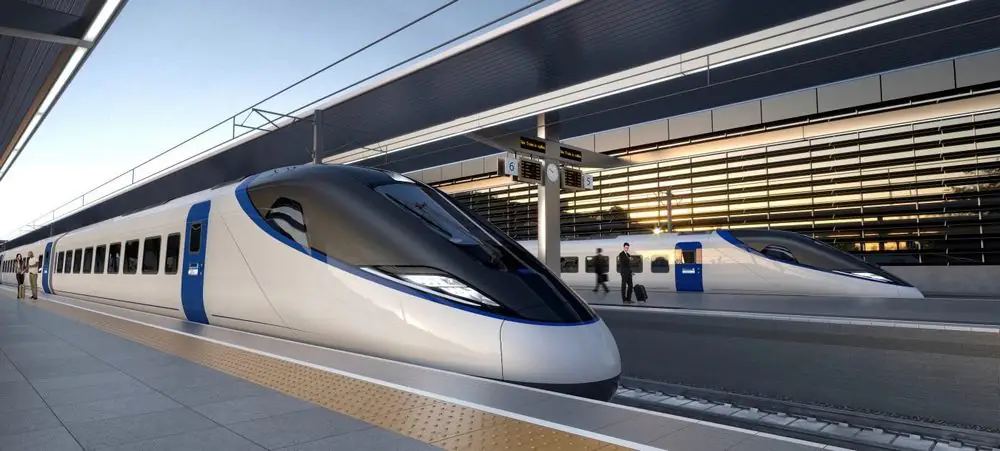
HS2
By the early 2030s, when construction of the controversial High Speed 2 (HS2) rail link is completed, amid disputes over budget overruns and its impact on vulnerable landscapes, England will boast the world’s fastest conventional trains, capable of operating at a standard speed of 362 km/h but potentially reaching speeds of up to 400 km/h.

By combining Japanese high-speed train technology with British design, the $2.5 billion HS2 train fleet will revolutionize intercity travel between London and the English Midlands and northern cities. Shifting intercity transport to HS2 will also free up much-needed capacity on existing railways to accommodate more local passengers and freight.
-
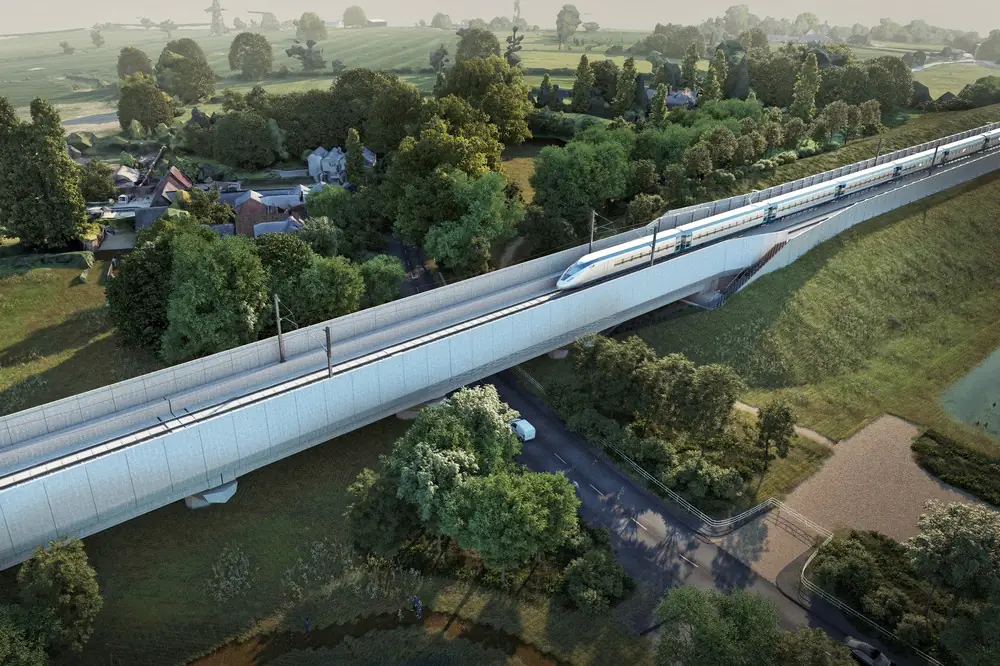
HS2
Nevertheless, over the course of several decades, countries like France, Japan, and China have concluded that the benefits of operating high-speed trains exceeding 320 km/h outweigh the significantly higher costs of maintenance and energy they entail. Now recognized leaders in high-speed rail, Japan and China are not limiting themselves to “steel on steel” technology but are developing trains capable of reaching speeds of up to 600 km/h.
The concept of super-fast trains traveling on dedicated tracks using magnetic levitation (maglev) has been touted as the “future of travel” for over 50 years, but apart from a few experimental lines and the Chinese route connecting central Shanghai with the airport, it has largely remained theoretical.

But not for long. Japan is investing $72 billion in the Chuo Shinkansen project, which will mark the culmination of over 40 years of maglev development. The 286-kilometer line will connect Tokyo and Nagoya, allowing the distance to be covered in just 40 minutes, and eventually extending to Osaka, reducing the 500-kilometer journey from the capital to 67 minutes. Construction began in 2014, and initially it was expected to be completed by 2027 (with the Nagoya-Osaka line opening ten years later), but issues obtaining permission for sections of the line mean the opening date is currently unknown. Delays and massive cost overruns have led many to question the economic viability of the project.
-
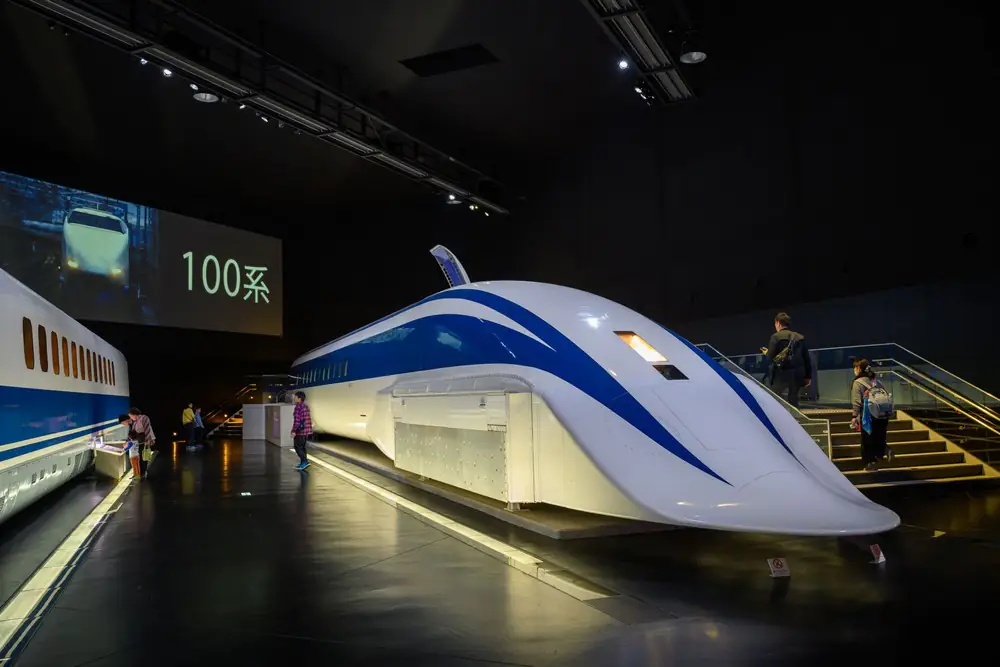
Chuo Shinkansen
Such difficulties are unlikely to arise in China, which is also constructing maglev lines as an alternative to short-haul flights and to facilitate high-speed travel through its densely populated urban areas. China plans to create “three-hour transportation circles” around its major cities, transforming clusters of cities into economic powerhouses.
In the southern region of the world’s most densely populated country, the Pearl River Delta region, encompassing Hong Kong, Guangzhou, and Shenzhen, already hosts over 120 million people. Chinese planners aim to link nine cities in the region to create a metropolitan area spanning 26,000 square kilometers. Maglev lines are planned for routes such as Shanghai-Hangzhou and Chengdu-Chongqing, with many others to follow if successful.
-
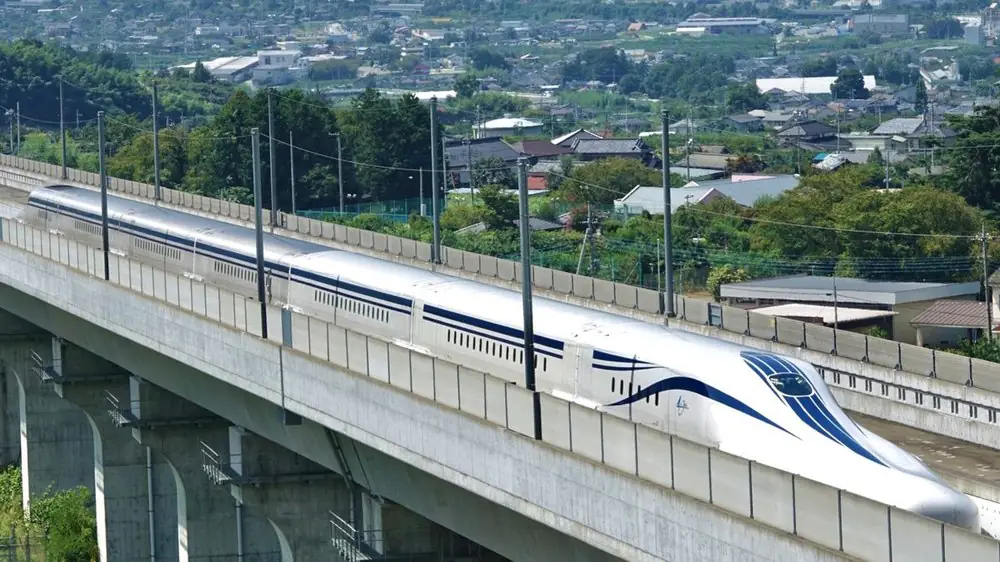
Chuo Shinkansen
In other countries around the world, the enormous costs and lack of integration with existing railways may hinder the further spread of maglev technology. Already grappling with congestion and pollution in their densely populated cities, China alone opened 29 new subway lines totaling 582 kilometers in December 2021. Many other countries with growing cities will soon have to follow this example if they don’t want to become overwhelmed.
However, to meet these expectations, the railway industry will need to move quickly on several fronts to provide significantly greater capacity, efficiency, reliability, and accessibility.
Unmanned trains
Automated movement has existed for many decades—part of the London Underground’s Victoria line has been partially operated this way since its opening in 1967—but it typically involves autonomous lines with identical trains running at specific intervals.
-

London Underground’s Victoria Line
In recent years, China has taken the lead in autonomous railways, introducing the world’s only high-speed autonomous trains, which travel at speeds of up to 300 km/h between Beijing and venues for the 2022 Winter Olympic Games. Japan is also experimenting with “bullet trains” that can autonomously move between terminals and depots for maintenance, freeing up drivers to operate trains that generate more revenue.
However, managing unmanned trains on dedicated lines is one thing. Ensuring their safe operation on traditional mixed-use railways, where passenger and freight trains with very different characteristics, speeds, and weights operate, is much more challenging.
-

Japan Railways
Big data and the so-called Internet of Things will enable different modes of transportation to interact with each other and with the environment, paving the way for more integrated, intermodal journeys. Intelligent robots will play a significant role in inspecting infrastructure, such as tunnels and bridges, as well as in efficiently maintaining outdated structures.
Impact on the environment
Despite its proven greater environmental friendliness compared to aviation, railroads still have a long way to go to reduce their own carbon emissions and pollution from diesel engines. In line with the United Nations climate change goals, many countries have committed to phasing out diesel trains by 2050 or even earlier.
In Europe and many parts of Asia, most of the busiest lines are already electrified, but the situation is heterogeneous—from nearly 100% electrification in Switzerland to less than 50% in the UK and almost zero in some developing countries. In North America, diesel transportation dominates—especially on major freight railways—and there is not the same push for electrification seen in Europe and Asia.
-

Coradia iLint
Battery technologies appear to be poised to play a significant role in phasing out “dirty diesel” for both heavy freight transport and quiet passenger routes where full electrification may not be feasible. Numerous battery-powered prototypes are currently undergoing testing or in development, and as technology advances, the dependence of rail transport on diesel fuel should begin to diminish even before the end of this decade.

For others, hydrogen represents a significant hope for decarbonizing rail transport. Green hydrogen, produced in dedicated facilities using renewable sources of electricity, can be used to power fuel cells, which in turn drive electric motors.

The French train manufacturer Alstom is a leader with its hydrogen-electric train, the Coradia iLint, which carried its first passengers in 2018, paving the way for serial versions that are now being built for several European countries.
Railways worldwide are also grappling with challenges related to natural disasters. New and reconstructed railways are increasingly designed with climate change in mind: improved drainage, environmental protection, and restoration of natural landscapes all play a role in enhancing the safety and reliability of railways.

Meanwhile, awareness of the environmental damage caused by air travel has already led to a revival of overnight rail travel in Europe.
Hyperloop: the train of the future. Is it true?
When it comes to trains of the future, it’s certainly worth mentioning Hyperloop technology. Using vacuum for travel at speeds exceeding 1000 km/h—it’s a game-changer. Many believe it will revolutionize how we move. But there are valid doubts. Put simply, it’s a train moving through a tube, eliminating two factors that slow down vehicles: air resistance and friction. The Hyperloop system consists of two main elements: tubes and capsules. The tubes are almost vacuum-sealed, while the capsules are pressurized vehicles moving inside the tubes. The idea involves the use of permanent magnets on the vehicles.

Similar to train cars, the capsules also travel in columns. However, while in trains, cars are connected to each other, Hyperloop capsules can travel to different destinations. Like driving on a highway, each capsule can exit the track and change direction. They can join or leave columns depending on the direction they are heading. Hyperloop transportation systems are fully electric. In addition to engines, a set of magnets is used to push the capsules every kilometer of the way. The almost complete absence of air resistance and friction means there’s no need for a constant propulsion system. Therefore, less energy is required.

Elon Musk published a technical paper in 2013 outlining the operation of a vacuum tube transportation system. Since then, several teams worldwide have started working on this mobility concept.

Hyperloop still poses a massive engineering challenge. While it has been proven feasible on paper, the practical implementation presents many more challenges. In addition to significant initial costs, sealing the tubes will require substantial maintenance expenses. Hyperloop tracks are made of steel, which expands and contracts depending on external temperatures. This necessitates movable connections, leading to significant maintenance costs. Another issue is the need to acquire land. Furthermore, many safety aspects still need to be addressed—a journey could be much riskier in the event of malfunctions. The high speed could cause dizziness among passengers, who will also have limited space to move during the journey.

Several groups in Europe and around the world are working on implementing Hyperloop. However, the challenges that need to be overcome—financing, safety, and land acquisition—are still significant obstacles to deploying Hyperloop. Until these are addressed, the idea of traveling in a tube will remain a dream.
Conclusions
It is believed that by 2050, passenger and freight railways will form the backbone of our transportation networks, with intercity routes between multimodal hubs integrated into local networks. With the necessary political and technical support, railways will also play an increasingly significant role in international transport, providing a high-quality alternative to road transport and short-distance air travel.

In the foreseeable future, investments worldwide will still largely be based on traditional steel-on-steel railways. There is no reason to doubt that this will continue to define the future of rail transport in the coming decades, just as it has for nearly 200 years.

Well, all these are ways we might one day move around without harming the environment. But for now, the future is already here: high-speed rail offers a fast, low-carbon way to travel between cities. If James Legge were embarking on his journey to Beijing today, he wouldn’t need a ship, and certainly wouldn’t need a mule. He’d just hop on a train.
Читайте также:
- What Passenger Airplanes of the Future Will Look Like
- 6 Intercontinental Ballistic Missiles (ICBMs) That Could End the World

